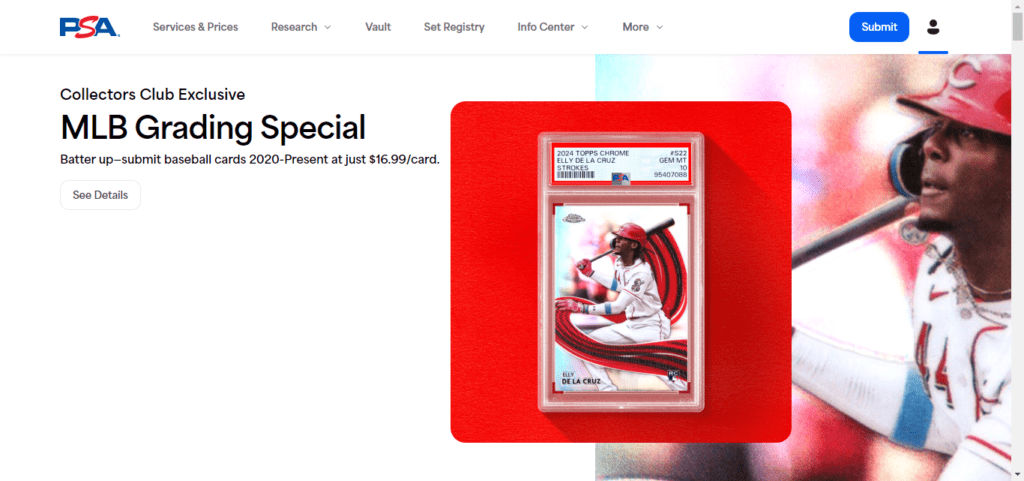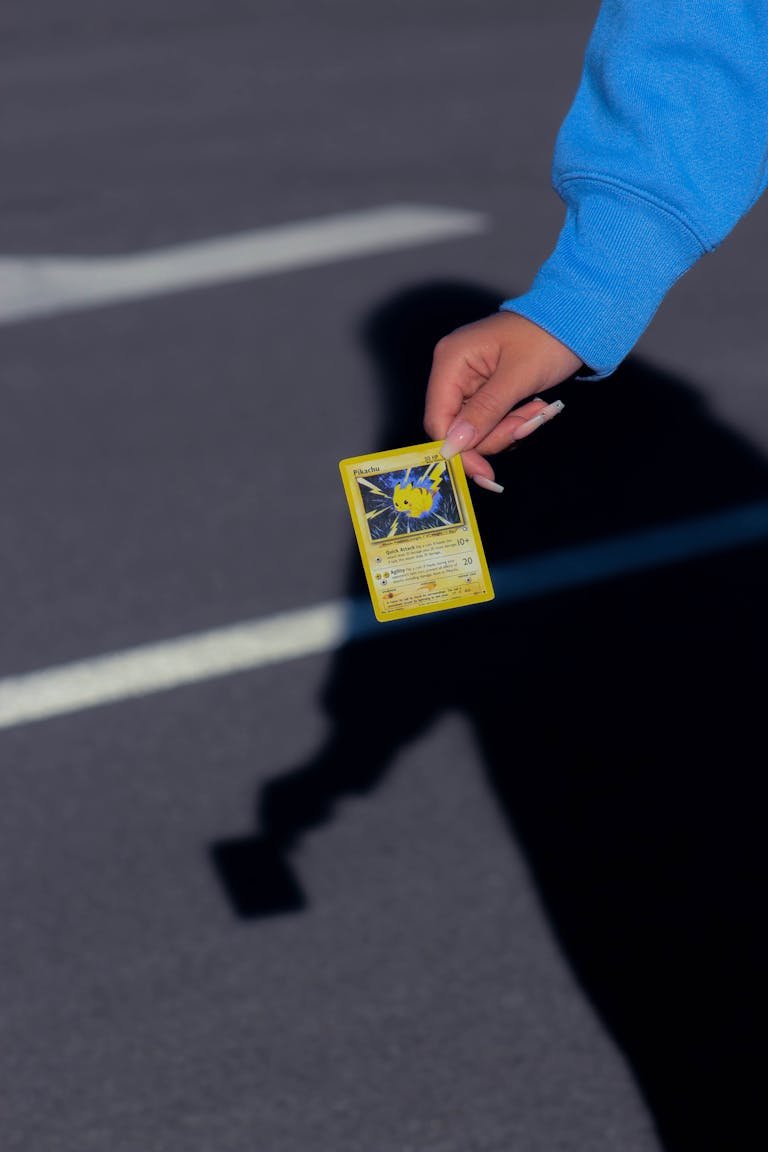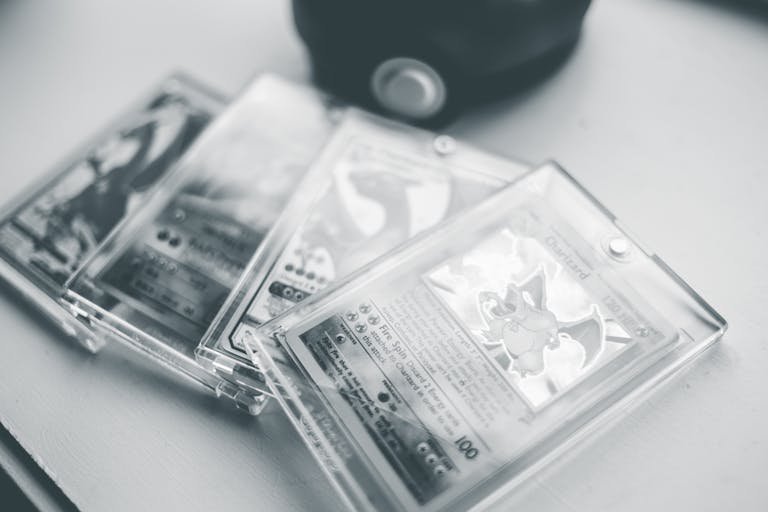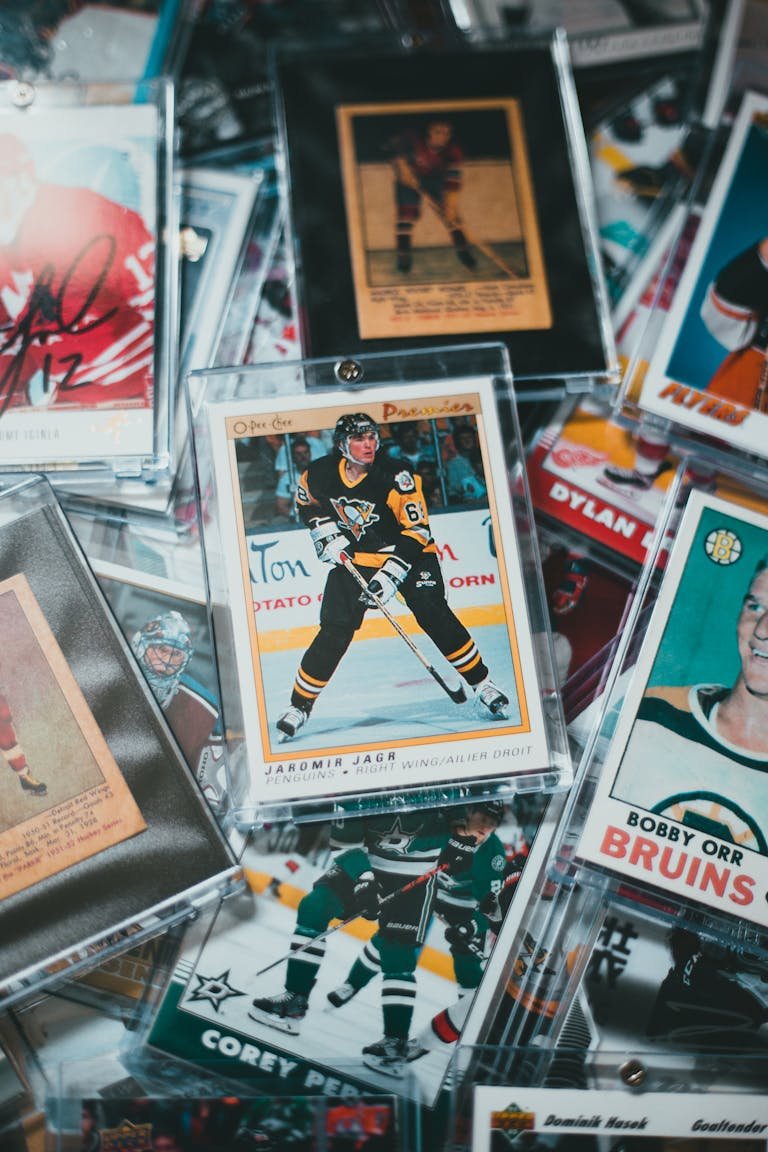How Does PSA Grading Work?
Sports card collecting has grown from a simple hobby into a multi-million-dollar industry, where the condition of each card plays a significant role in its value. Whether you’re a seasoned collector or a newcomer, getting your cards graded can enhance their worth significantly. One of the most trusted names in card grading is PSA (Professional Sports Authenticator). But how does PSA grading work, and what should you expect? Let me walk you through the process.
What Is PSA Grading
Before diving into the specifics of how PSA grading works, it’s essential to understand what grading is and why it’s important. PSA is the leading third-party authentication and grading company for sports cards, trading cards, and memorabilia. The primary goal of PSA grading is to assess the condition of a card to provide collectors and investors with a standardized measure of value.
The higher the grade, the more pristine the card, and typically, the more valuable it is in the market. Whether you’re buying, selling, or holding cards as an investment, PSA grading is a trusted standard.

Step 1: Submission
Send Your Cards
The grading process begins with you sending your cards to PSA for evaluation. PSA requires that you securely package the cards to avoid damage during shipping. Cards should be sent in soft penny sleeves and rigid cardholders. It’s also essential to include a submission form outlining the details of each card, including its year, manufacturer, and value.
Grading Fees
Grading isn’t free, of course. PSA charges fees based on the value of the card and the level of service you select. Higher-value cards and faster turnaround times cost more. You can choose from several service levels:
- Regular Service: Ideal for mid-tier cards and offers a good balance of speed and cost.
- Express Service: For high-value cards where you need a quicker return.
- Super Express: For the most expensive cards, often priced above $5,000 in value.
These fees range from $20 for lower-end cards to several hundred dollars for high-value submissions.
Step 2: Inspection
Once your cards arrive at PSA’s secure facility, the grading process truly begins.
Expert Evaluation
PSA employs a team of expert graders with years of experience. Each card goes through a multi-step inspection to ensure accuracy. PSA graders work with high-powered magnification tools and precision instruments to evaluate each card. At no point is a card’s grade determined by just one individual. Several experts assess each card to maintain consistency and avoid any biases.
Condition Assessment
The condition of a card is broken down into four primary factors, which together determine its final grade:
Centering
Centering refers to how well the image or text on the card is aligned. Perfectly centered cards, where the image and borders are in the right proportions, are more valuable. Off-center cards lose points in the grading system. For example, a card that has a perfect surface, corners, and edges but is misaligned could still get a lower grade due to poor centering.
Corners
Card corners are crucial. Sharp, crisp corners indicate that a card has been well-preserved and handled with care. Blunted, soft, or damaged corners can drastically reduce a card’s grade. Corners are often the first part of a card to show wear, making them a focal point of the grading process.
Edges
The edges of the card are another important consideration. Graders inspect the card for wear, fraying, or chipping, especially in older cards where wear might be more common. Cards with clean edges are more likely to score higher, while any damage here lowers the grade.
Surface
The surface of a card is examined for imperfections such as scratches, stains, creases, or printing errors. Even small marks or stains that might not seem significant to the untrained eye can result in a lower grade. A pristine surface can be the deciding factor in whether a card receives a 9 or 10 grade.

Read Also: Cash In on NFL Cards: Big Bucks Ahead
Step 3: Grading
Once all these factors have been carefully evaluated, the card is assigned a grade based on PSA’s 10-point grading scale.
PSA’s Numerical Scale
PSA uses a 1 to 10 scale to grade cards, with 10 being the best possible grade. Here’s a quick overview of each grade:
- GEM-MT 10 (Gem Mint): Virtually perfect. Centering must be 55/45 or better on the front and 60/40 or better on the back.
- MINT 9 (Mint): Mint condition with slight centering flaws or minor wear visible under close inspection.
- NM-MT 8 (Near Mint-Mint): A high-quality card with only slight wear.
- NM 7 (Near Mint): Slightly more visible wear, such as minor corner issues or surface blemishes.
- EX-MT 6 (Excellent-Mint): Moderate wear on corners and edges.
- EX 5 (Excellent): Noticeable wear, potentially including some edge chipping and soft corners.
- VG-EX 4 (Very Good-Excellent): A well-loved card with rounded corners, minor creases, and other issues.
- VG 3 (Very Good): Major surface issues, rounded corners, and creasing.
- GOOD 2 (Good): Heavily worn, with significant damage to corners, edges, and surface.
- PR-FR 1 (Poor-Fair): Major damage, including tears, stains, or severe creases.
Subgrades
Though PSA doesn’t typically assign subgrades like some other grading companies, the factors of centering, corners, edges, and surface influence the overall grade. In some cases, you might see subgrades that provide a more detailed assessment of the card’s attributes, though this is less common with PSA.
Step 4: Sealing
Once a card has been graded, it undergoes sealing and encapsulation to preserve its condition and prevent tampering.
Protective Case
Your card is placed in a tamper-proof plastic case, designed to keep it safe from further damage. The clear case allows for easy viewing while maintaining protection. PSA cases are durable, resistant to UV light, and designed to last for decades, ensuring that your card stays in the same condition it was in when graded.
Grading Label
Each card receives a grading label that details the grade, card description, and certification number. The certification number is key because it allows collectors to verify the card’s authenticity on PSA’s website.
Step 5: Return
Shipping Your Graded Cards
Once sealed, PSA securely ships your cards back to you. The turnaround time for receiving your graded cards depends on the service level you selected. For example, Regular Service can take several weeks to a few months, while Super Express is typically completed within a few days.

Key Points to Remember
Higher Grades Mean Higher Value
A card with a PSA 10 grade can sell for significantly more than one grade lower. Even a difference between a PSA 9 and PSA 10 can result in a price jump of several hundred or even thousands of dollars, depending on the card.
Consistency in Grading
One of the benefits of using PSA is the company’s consistency. PSA graders are trained to ensure that each card is evaluated fairly, and the use of multiple graders helps reduce any individual biases. When you buy or sell a card with a PSA grade, you can feel confident that the grade reflects a consistent standard of quality.
Investment Tool
PSA grading isn’t just about protecting your cards; it’s also about increasing their value. For collectors, having cards graded by PSA can turn a simple hobby into a legitimate investment strategy. A high-grade card can be resold for a considerable profit, making the grading process an essential step for anyone looking to profit from their collection.
Read Also: Trevor Lawrence Rookie Card Price Surge: How Much is Yours Worth?
Conclusion
Understanding how PSA grading works is essential if you’re serious about sports card collecting. By submitting your cards for grading, you protect their condition, increase their value, and gain access to a standardized assessment that is trusted by collectors around the world. Whether you’re just starting or you’re looking to enhance the value of your collection, PSA grading offers a reliable and transparent way to authenticate and grade your cards.
Next time you find yourself with a valuable card in hand, you’ll know exactly what steps to take to ensure it gets the grade it deserves.






